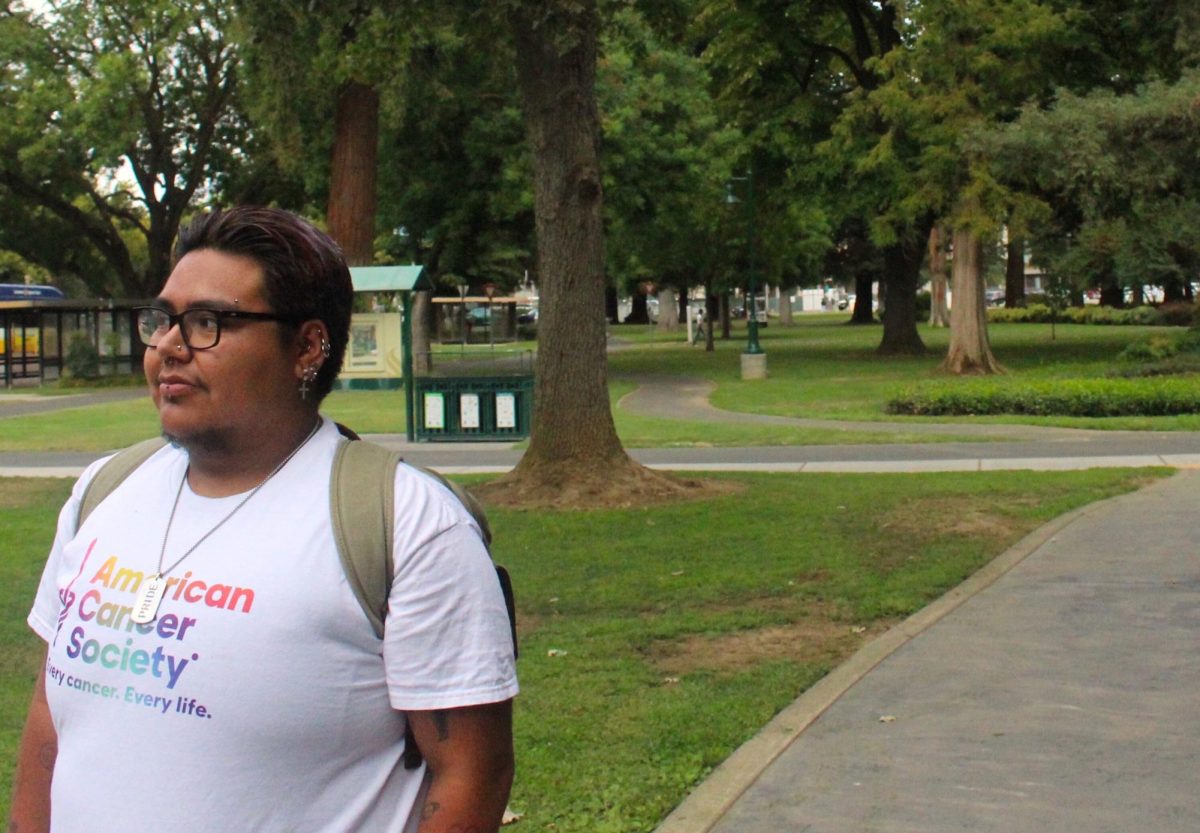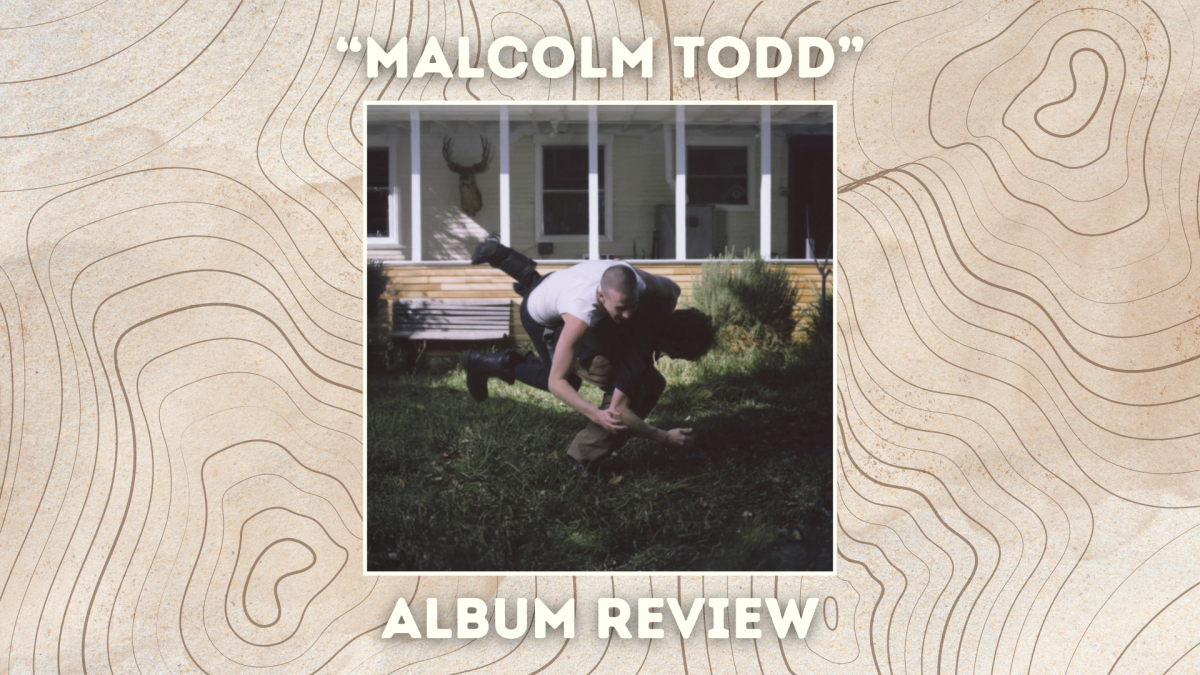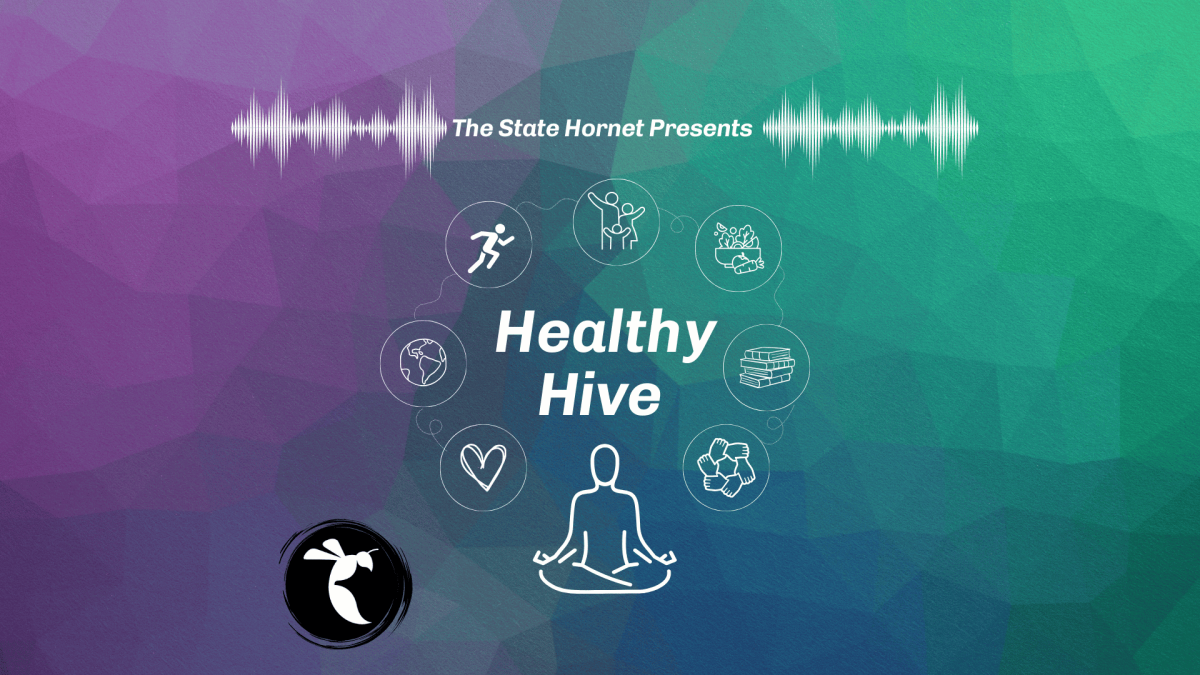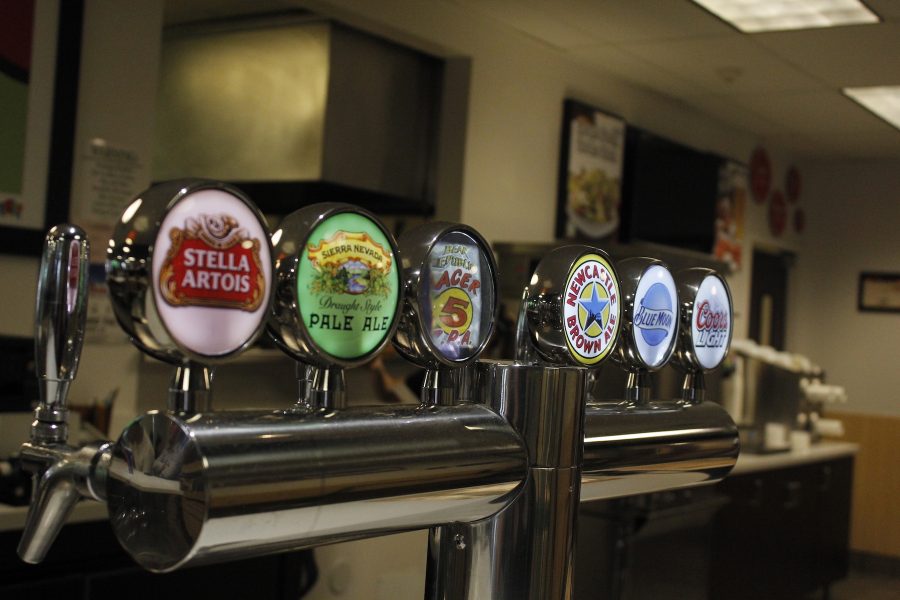While smoking marijuana at Sacramento State is against school policy, it is perfectly possible for students to drink to intoxication.
There are three locations on campus that offer alcohol for students over the age of 21 to drink. Each limits alcoholic purchases to three per visit, but that means in one day a student can have up to nine drinks — if they can hide their inebriation well enough.
Meanwhile, possession or use of marijuana on campus could result in administrative consequences for those over the age of 21 and a citation from police for those underage. Even users of medical marijuana are not allowed to have it in the residence halls.
The case that it is unacceptable to show up to class drunk or stoned is an obvious one, but that hasn’t stopped some students from showing up to classes so impaired.
Nonetheless, it does seem a bit strange that the school aids and abets students coming to class under the influence of alcohol while students who even possess marijuana can face criminal consequences or, if they live on campus, eviction from student housing.
That peculiarity is one example of the societal double standard that exists regarding cannabis and alcohol. Both substances can be used responsibly, both have health benefits and drawbacks and both have the potential to be addictive.
Yet alcohol use is responsible for far more social ills than marijuana. For example, alcohol is the leading cause of vehicle collisions. A 2013 study from Columbia University researchers found that driving with a blood alcohol content of even 0.05 — within the legal limit — increases your risk of a crash by 545 percent.
Meanwhile, driving under the influence of marijuana also increases one’s odds, but by 83 percent.
Alcohol is a factor in 40 percent of violent crimes in the U.S., according to The New York Times. Its long-term use is connected to many forms of cancer as well as liver diseases such as cirrhosis.
The health risks of marijuana are still being debated. Its long-time status as a Schedule I drug made it difficult to conduct above-board scientific studies on it.
Marijuana smoking does not appear to be linked with the development of chronic obstructive pulmonary disease (COPD) — it may actually help those suffering from the disease — although there have been conflicting studies about its link with lung cancer.
A 2011 study from a Southern Utah University professor on the link between marijuana use and violent behavior came up with inconclusive results.
But it wouldn’t be opposed to common sense to think given the stigma surrounding marijuana and its long-term illegality, and the relative laxity surrounding alcohol, that it was marijuana that had time-and-again showed many tangible risks and the effects of alcohol that were uncertain.
So as marijuana becomes less verboten, those who decide to use any mind-altering substance should use it responsibly, and proper authorities should consider putting the associated risks in proper perspective.
UPDATE: April 20 at 12:24 p.m. — This story has been corrected to remove a typo which read that driving with a blood alcohol content of even 0.05 “increases your risk of a cash.”



































































































































lee • Sep 8, 2019 at 5:23 pm
I appreciate the information you stated here. More power to your blogging career